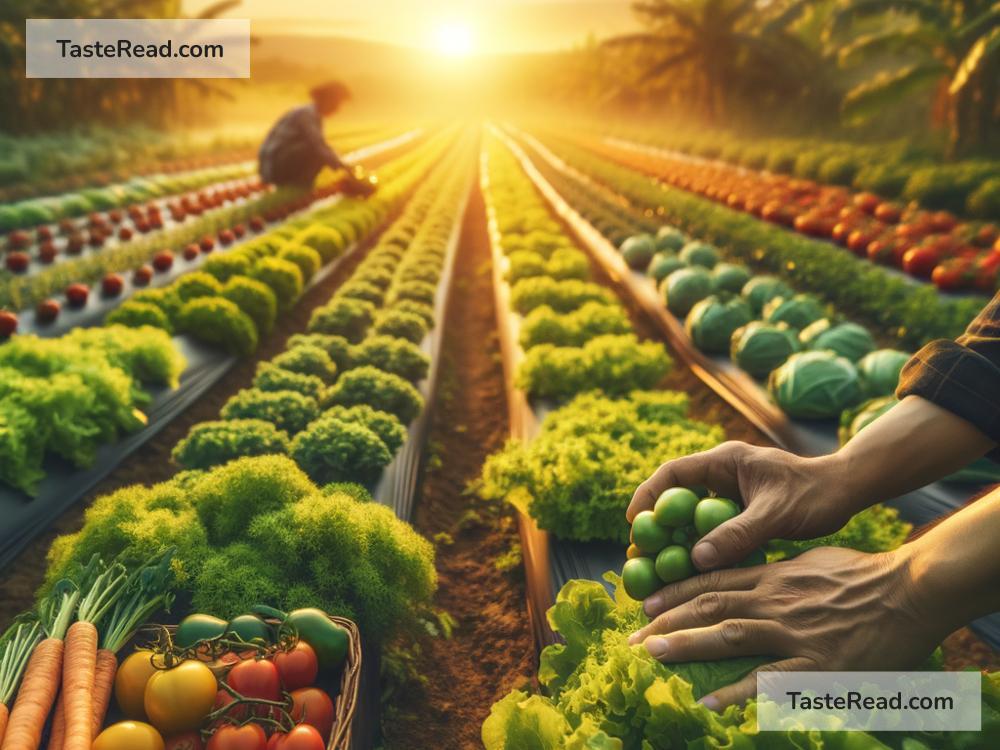What You Need to Know About Choosing Small-Scale Farming Ingredients
In today’s world, where food comes from and how it’s produced are hot topics. More and more people are looking to make better choices, not just for their health, but for the planet too. One way to do this is by selecting ingredients from small-scale farms. But why choose small-scale farming ingredients? Let’s dig into this world and discover its benefits, and the positives it brings to our tables and environment.
It’s All About Quality and Flavor
First off, when it comes to taste and quality, small-scale farms often knock it out of the park. These farms typically harvest their crops at peak ripeness, which means you’re getting fruits and veggies full of flavor and nutrition. They don’t have to worry about how their produce will survive a long journey across the country because most of it gets sold locally. So, if you’ve ever wondered why the tomatoes from your local farmers market taste so much juicier than those from the big supermarket, there’s your answer!
Supporting Local Economies
Choosing ingredients from small-scale farmers doesn’t just benefit your taste buds—it also helps your local economy. When you buy from local farms, your money goes directly to supporting farming families in your community, instead of being lost in the giant web of the global food market. This direct support helps secure the livelihood of local farmers, keeps the local economy robust, and creates jobs within your community.
Better for the Environment
Another massive plus of supporting small-scale farms is the reduced environmental impact. Large-scale agricultural operations often rely on heavy machinery, pesticides, and other practices that can be harmful to the environment. On the other hand, many small-scale farmers use more sustainable practices like crop rotation and organic farming, which are kinder to the planet. They’re also more likely to prioritize the health of the soil and surrounding ecosystems, ensuring that we can continue to grow healthy food for generations to come.
A Closer Connection to Your Food
When you buy from small-scale farms, you get a unique opportunity to connect with the people who grow your food. This connection can give you a whole new appreciation for the food on your plate. Whether it’s learning about the challenges and joys of farming firsthand or getting tips on how to best prepare your newly bought produce, these interactions add value and understanding to your eating experience.
Promoting Biodiversity
Small-scale farms often grow a variety of crops, as opposed to the monoculture practices of large farms, where only one type of crop is cultivated over large areas. This diversity is not just good for the environment—it’s also great for you! Eating a diverse range of foods ensures you’re getting a wide spectrum of nutrients and flavors. Plus, it’s exciting to try new and different ingredients that you might not find in your average grocery store.
How to Make the Switch
So, how can you start incorporating small-scale farming ingredients into your diet? Here are a few simple tips:
-
Visit Your Local Farmers Market: This is the best place to start. Farmers markets are goldmines of fresh, local produce. Take the time to talk to the farmers about their practices and get to know the story behind your food.
-
Join a CSA: Community Supported Agriculture (CSA) programs allow you to purchase a share of a farmer’s harvest. It’s a fantastic way to receive a regular supply of fresh ingredients while supporting local farmers.
-
Grow Your Own: If you have the space, consider starting your own garden. There’s no smaller scale than your own backyard!
-
Ask About Origins: When eating out or shopping at stores, don’t hesitate to ask where the ingredients come from. Showing demand for locally sourced and sustainably grown products can encourage businesses to stock them.
In the end, choosing small-scale farming ingredients is more than just a personal health or lifestyle choice. It’s a vote for a sustainable, environmentally friendly, and community-based food system. By making this choice, you’re helping ensure that future generations have access to nutritious food, grown in a way that respects the earth and its inhabitants. So, the next time you’re planning a meal or shopping for groceries, think small. Your taste buds, your community, and your planet will thank you.


